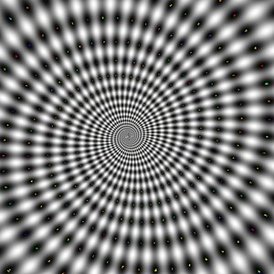
As an added "bonus", we're using "formula" or "shape" #1
from tenor master Jerry Bergonzi's popular book,
"Vol. 2 - Pentatonics" (Advance Music).
To add even further excitement, we'll start each Penta b6 from a common tone, giving it the "X-Centric" treatment.
D-7b5 / G7alt / Cm / Cm =
F MM* / Ab MM / C MM / C MM =
C Penta b6 / Eb Penta b6 / G Penta b6 / G Penta b6
*Melodic Minor
To spell out each Pentatonic b6:
ii - C Penta b6 = C-D-E-G-Ab (b7-1-9-11-b5 of D-7b5) and is derived from the fifth step of F MM (5-6-7-9-b3).
V7 - Eb Penta b6 = Eb-F-G-Bb-Cb(B natural) (b13-b7-1-#9-3 of G7alt) and is derived from the fifth step of Ab MM (5-6-7-9-b3).
i - G Penta b6 = G-A-B-D-Eb (5-6-7-9-b3 of C min) and is derived from the fifth step of C MM
(5-6-7-9-b3).
Since we want to get "X-Centric" and start each chord / scale on a common tone...., that common tone, in this case, is................. G.
To create even more thrills, we'll anticipate that first note "G" by one eighth note, creating an eighth note pick-up. This essentially changes the shape from a Bergonzi "formula #1" to a "formula #2 (minus the last note)", but it doesn't matter what it's called.
I really like the sound of the Pentatonic b6 and how it combines and shifts with each chord / scale, as well as the lines it can create. Because of the b6 (or #5) and the inherent augmented triad within, it creates an open, uncommitted sound while still outlining the chord and harmony, as well as the desired tension and resolution of the ii-V-i cadence.

 RSS Feed
RSS Feed









